India’s Most Affordable Convertible Is No More
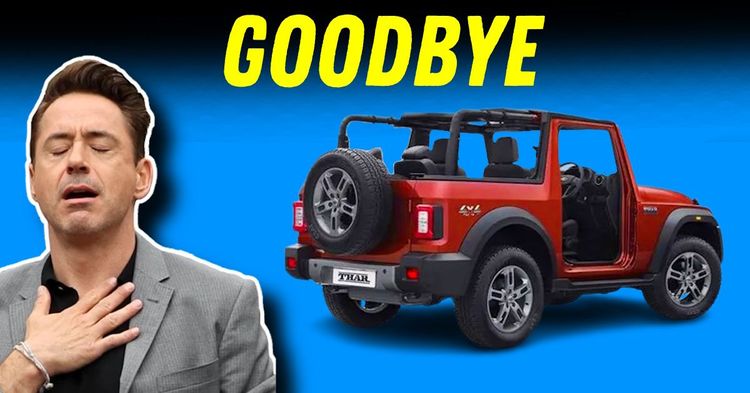

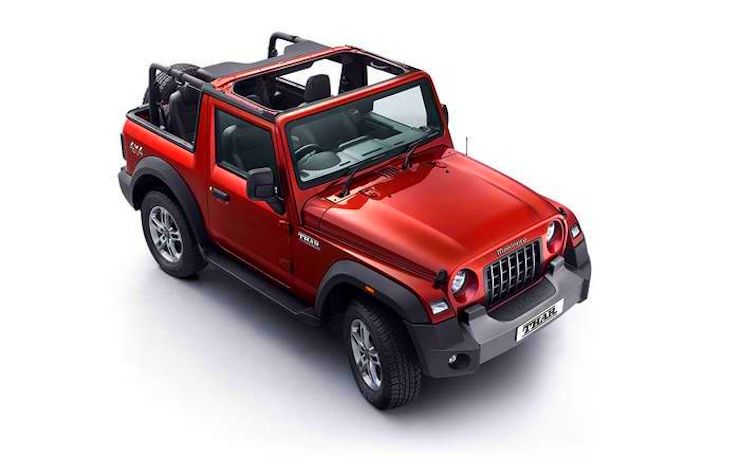
For over seventy years, the Indian countryside pulsed with the sound of a machine that stood apart—not for speed, not for comfort, but for character. An open-top Jeep, usually in khaki or olive green, bouncing along dusty village tracks or scaling mist-covered mountain paths, embodied more than rugged mobility. It symbolised a kind of freedom—raw, unvarnished, and uniquely Indian. And now, with the discontinuation of the Mahindra Thar Convertible Top in 2025, that chapter has drawn to a close.
A Rough-and-Ready Romance
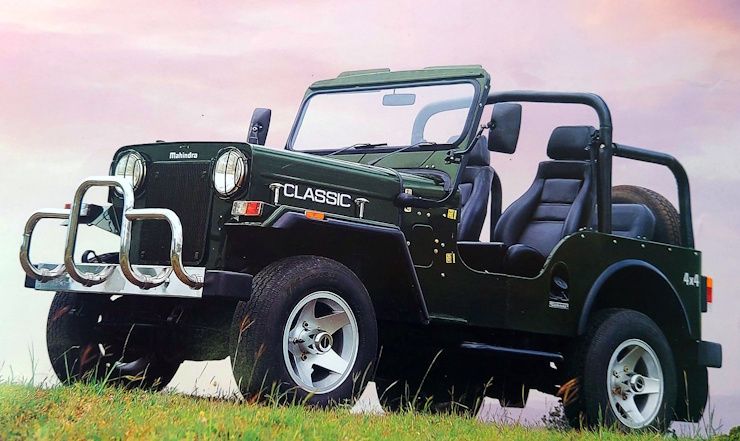
Mahindra Classic 4X4: The spiritual guru of the Thar Convertible
The journey began in 1947, when Mahindra began assembling the Willys CJ3B Jeep in post-Independence India. It was a utilitarian marvel: tough, spartan, and built for terrain where roads barely existed. Over time, this open-top 4x4 became more than a tool. It became a staple—from farms to frontlines, from hill stations to beach towns. Whether it was ferrying soldiers, hauling sugarcane, or simply being the “cool ride” for a new generation, its soft-top design became an enduring motif in Indian motoring.
Across the decades, Mahindra introduced a string of successors: the MM540, the Classic, the Bolero Invader, and the Major. Each carried forward the lineage of the convertible Jeep—not in the western sense of sleek roadsters, but as off-road companions that doubled as canvas-roofed escape machines.
The Mahindra Classic in the 1990s added flair to the mix. Still rudimentary, it found favour among urban adventurers who saw the charm in something that wasn’t trying to be refined. Later came the Invader—practical, reliable, and available with a soft top. In towns and cities, it stood out like a rebel in uniform.
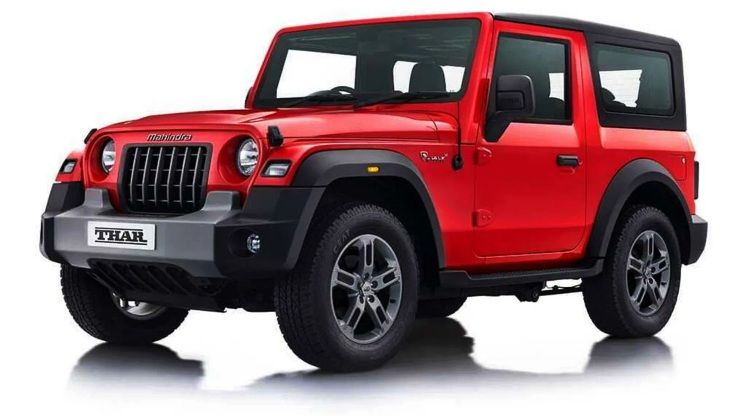
By 2010, Indian roads had changed—but Mahindra's Thar arrived as a throwback with modern bones. It was a calculated nod to nostalgia, offering serious off-road capability, retro design cues, and importantly, a convertible soft-top variant. It wasn’t luxurious, but it was aspirational in a new way. For under ₹20 lakh, it gave buyers an honest-to-goodness convertible, something no other mass-market brand dared to offer.
It was, for a while, the only accessible way to feel the wind in your hair without breaking the bank.
But progress, as always, has its own momentum. As of April 2025, Mahindra has phased out the convertible Thar along with other niche trims. The hard-top has won. The last affordable convertible is now a thing of the past.
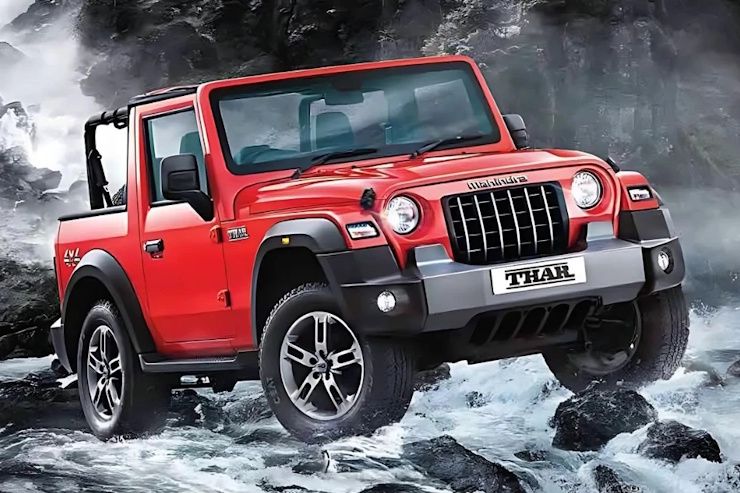
The reasons for this quiet goodbye are as rooted in realism as the Jeeps once were in rugged soil. India's weather isn’t kind to soft tops—be it punishing heat, sudden monsoons, or the ever-present dust. Add to that the urban menace of theft and vandalism, and the practical downsides become hard to ignore.
More critically, the numbers simply didn’t add up. The convertible variants of the Thar were always a niche within a niche. Enthusiasts might have loved them, but the broader market didn’t bite. Even the armed forces, long-time patrons of open-top 4x4s, have moved on to hard-shell models that offer better protection and year-round usability.
In the end, Mahindra followed the market’s lead.
With the Thar Convertible gone, the concept of an affordable convertible has virtually vanished from Indian showrooms. The next option? The BMW Z4, a sleek luxury roadster that starts around ₹93 lakh and soars past ₹1 crore with ease. The idea that one could buy a soft-top, four-wheel-drive, go-anywhere vehicle on a middle-class budget now sounds like fantasy.
Other former contenders have also exited the stage. The Force Gurkha, once available with a soft top, is now only offered with a hard shell. The legendary Maruti Gypsy is no longer in production. What remains is a gaping hole—both literal and figurative—in India’s automotive soul.
The soft-top Jeep in India was never just about the open air. It was about simplicity. Utility. The kind of travel that asked you to brave the elements, not escape them. In an era before air-conditioned cabins and touchscreens, you rolled down the windows—or rolled up the sides—and felt the world rush by. There was dust in your mouth, rain in your lap, and laughter in the wind.
To see a Thar Convertible parked under a neem tree, its canvas roof tied back, was to witness a way of life that resisted enclosure. That resisted polish. That, perhaps, knew something we’ve since forgotten.
There was no fanfare. No commemorative edition. Just a silent disappearance from the brochure and showroom floor. But for those who knew what the convertible Thar represented, its exit feels personal.
It marks the end of a tactile kind of motoring, where grit was part of the charm, and where the journey mattered more than the destination. In a world that increasingly favours insulation over immersion, the affordable convertible was an outlier—and now, an artifact.
And so, as the Thar Convertible rides off into history, it leaves behind tyre tracks not just in mud or sand, but in memory.